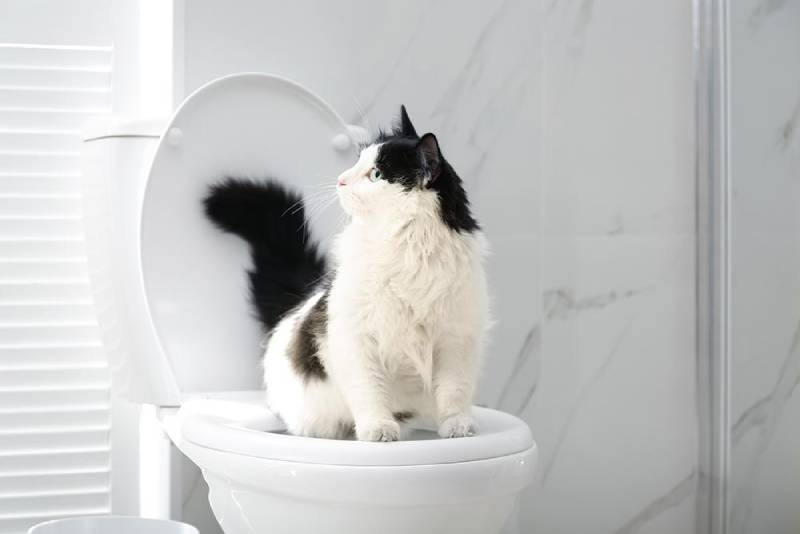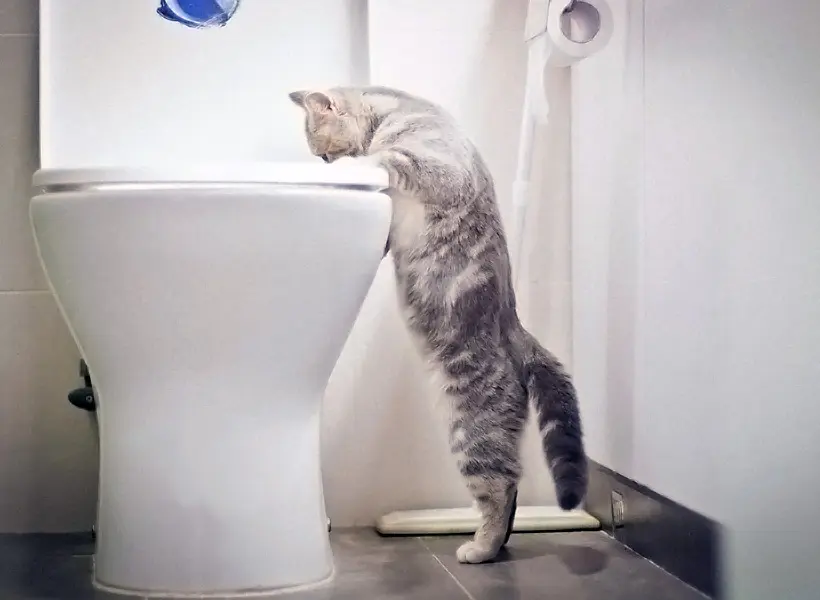The Results of Flushing Animal Waste Down the Toilet
The Results of Flushing Animal Waste Down the Toilet
Blog Article
On this page below you will discover some exceptional material regarding Can You Flush Dog and Cat Poo Down the Toilet?.

When it pertains to dealing with waste, particularly animal waste, many individuals typically turn to the hassle-free choice of flushing it down the bathroom. However, this apparently easy remedy can have serious repercussions for the atmosphere and public health. In this write-up, we'll explore why flushing pet waste down the toilet is a bad concept and offer alternate techniques for appropriate disposal.
Intro
Proper garbage disposal is essential for maintaining environmental sustainability and public health. While it might seem safe to flush animal waste down the bathroom, it can bring about numerous problems, both for the setting and human wellness.
Risks of flushing animal waste
Environmental impact
Flushing animal waste introduces damaging bacteria and virus into waterways, which can adversely influence aquatic environments. These virus can pollute water resources and harm aquatic life, disrupting delicate environments.
Public health problems
Pet waste consists of dangerous germs such as E. coli and Salmonella, which can present severe health dangers to humans. Flushing pet waste down the commode can contaminate water materials, resulting in the spread of conditions and infections.
Alternatives to flushing
Rather than purging animal waste down the bathroom, there are numerous alternate disposal approaches that are more environmentally friendly and sanitary.
Composting
Composting pet waste is an environment-friendly way to throw away it. By composting, organic matter is broken down into nutrient-rich soil, which can be utilized to feed yards and plants.
Landfill disposal
Taking care of pet waste in a land fill is an additional alternative. While not as eco-friendly as composting, it is a more secure choice to flushing, as it stops the contamination of water resources.
Animal waste disposal systems
There are customized animal waste disposal systems readily available that securely and hygienically throw away animal waste. These systems often use enzymes to break down waste and remove odors.
Actions to correct animal waste disposal
To ensure appropriate disposal of animal waste, follow these actions:
Scooping and nabbing waste
Regularly scoop and bag pet waste making use of eco-friendly bags. This protects against waste from infecting the environment.
Utilizing assigned waste containers
Dispose of bagged animal waste in designated waste bins, such as compost bins or garbage dump bins. Stay clear of flushing it down the toilet at all costs.
Cleaning can and animal areas frequently
Frequently clean can and pet areas to stop the buildup of waste and microorganisms. Use pet-safe cleansing products to keep hygiene.
Advantages of appropriate disposal approaches
Adopting appropriate disposal methods for animal waste offers more info numerous advantages:
Reduced environmental pollution
Proper disposal techniques decrease the danger of environmental pollution, protecting waterways and communities from contamination
Decreased threat of water contamination.
By preventing flushing animal waste down the commode, the risk of water contamination is dramatically decreased, securing public health.
Boosted cleanliness and hygiene
Proper disposal approaches advertise much better sanitation and health, developing a much safer environment for both people and animals.
Verdict
In conclusion, purging animal waste down the bathroom is damaging to the setting and public health. By embracing alternative disposal techniques and adhering to appropriate waste monitoring practices, we can lessen the negative influence of animal waste and add to a cleaner, much healthier world.
What To Do With Dog Poo – The Do's And Don'ts Of Disposing Of Faeces
Dog poo bins
Some councils provide dedicated dog waste bins in popular dog-walking areas that can take dog poo that has been bagged but you can legally dispose of dog waste in any public litter bin, as long as it is securely bagged. This also applies to your wheelie bin at home.
Do not flush
Water companies do not recommend flushing dog faeces down the toilet because certain parasites can survive the water processing treatment and are potentially harmful to humans. You should also never consider flushing dog poo that has been bagged down the toilet as the bags will not break down and instead create severe blockages in the sewage system.
In the woods
The Forestry Commission promotes a ‘stick and flick’ method for dealing with waste in the woods. This means finding a stick and using it to flick any poo from off the path so that it is out of the way of other walkers. You could also bury it as long as it is not in an area where there might be livestock.
Livestock
Parasites found in dog poo can be transmitted to livestock if they inadvertently eat infected faeces that has been left on grazing land. This could result in the death of sheep or abortion in cattle so you should always make sure you pick up your dog’s waste in fields where livestock could be present.

Frequently clean can and pet areas to stop the buildup of waste and microorganisms. Use pet-safe cleansing products to keep hygiene.
Advantages of appropriate disposal approaches
Adopting appropriate disposal methods for animal waste offers more info numerous advantages:
Reduced environmental pollution
Proper disposal techniques decrease the danger of environmental pollution, protecting waterways and communities from contamination
Decreased threat of water contamination.
By preventing flushing animal waste down the commode, the risk of water contamination is dramatically decreased, securing public health.
Boosted cleanliness and hygiene
Proper disposal approaches advertise much better sanitation and health, developing a much safer environment for both people and animals.
Verdict
In conclusion, purging animal waste down the bathroom is damaging to the setting and public health. By embracing alternative disposal techniques and adhering to appropriate waste monitoring practices, we can lessen the negative influence of animal waste and add to a cleaner, much healthier world.
What To Do With Dog Poo – The Do's And Don'ts Of Disposing Of Faeces
Dog poo bins
Some councils provide dedicated dog waste bins in popular dog-walking areas that can take dog poo that has been bagged but you can legally dispose of dog waste in any public litter bin, as long as it is securely bagged. This also applies to your wheelie bin at home.
Do not flush
Water companies do not recommend flushing dog faeces down the toilet because certain parasites can survive the water processing treatment and are potentially harmful to humans. You should also never consider flushing dog poo that has been bagged down the toilet as the bags will not break down and instead create severe blockages in the sewage system.
In the woods
The Forestry Commission promotes a ‘stick and flick’ method for dealing with waste in the woods. This means finding a stick and using it to flick any poo from off the path so that it is out of the way of other walkers. You could also bury it as long as it is not in an area where there might be livestock.
Livestock
Parasites found in dog poo can be transmitted to livestock if they inadvertently eat infected faeces that has been left on grazing land. This could result in the death of sheep or abortion in cattle so you should always make sure you pick up your dog’s waste in fields where livestock could be present.

We had been brought to that article about Don't Flush Your Pets Poo Down The Loo, Vet Warns from an associate on a different blog. Kindly pause to share this content if you liked it. Thanks a lot for taking the time to read it.
Click Here Report this page